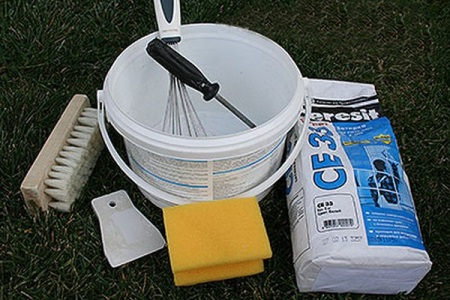Consumption of grout per square meter of tile
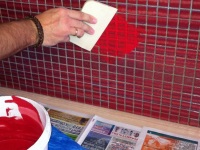
When we entrust the repair in the apartment to the master, then the purchase of finishing and building materials often falls on his shoulders. A professional usually knows how much of a particular material is required for a particular type of work.
If you decide to handle the repair by yourself, then at all stages of the process you have to rely only on yourself. Therefore, even at the stage of preparation for the repair, it is useful to acquire some theoretical knowledge, which in the future will help you save money, time and effort. For example, not many people know that the consumption of building materials can be calculated by simple formulas. Today we will tell you how to correctly determine the right amount of grout for tiles.
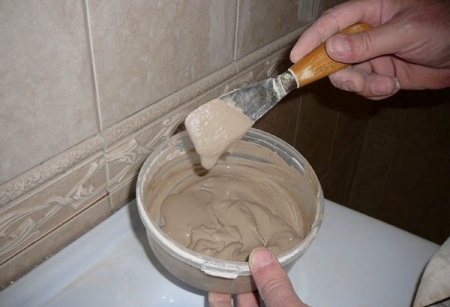
What should be taken into account?
The amount of grout depends on a number of factors:
- Professionalism of the master - beginners finishers need a larger amount of material, and experienced craftsmen, as a rule, act accurately and without error, minimizing the cost of the mixture;
- the method of application of grout - there are several methods of filling inter-tile joints, requiring different material consumption;
- The area of the room - going to buy grout, you should accurately calculate the area of surfaces, which will be tiled;
- the length and width of the tiles - based on the size of the tiles, the width of the joint is determined: the bigger the tile, the narrower the joint will be;
- tile thickness - the depth of the joint depends on this parameter, and, consequently, the consumption of material.
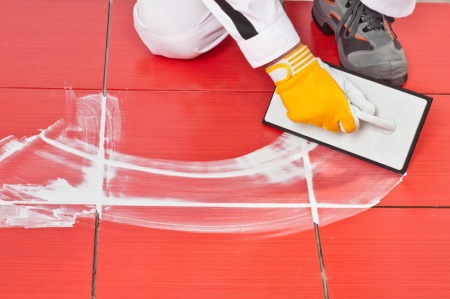
Calculation technique
To calculate the required number of tiles, a simple formula is used:

In this formula, the following values (in millimeters) are assigned to the letter indicators:
- A - the length of the tiles;
- B - width of a tile;
- C - thickness of a tile;
- D - the width of the joint.
For example, let's calculate the amount of grout that will be needed to tile part of the wall with a mosaic of size 20x20x4 mm. In this case, the thickness of the seam should not be more than 2 mm, otherwise the mosaic will look untidy.
- First, find the sum of the length and width: 20+20=40
- Then multiply the length and width: 20x20=400.
- Divide the result of the first step by the result of the second step: 40/400==0.1.
- Multiply the result of division, thickness of tile and joint width: 0.1х4х2=0.8
- Multiply this result by 1.6 (this number is a constant): 0.8x1.6=1.28
Thus, for one m2 surface, we will need about 1.3 kg of grout.
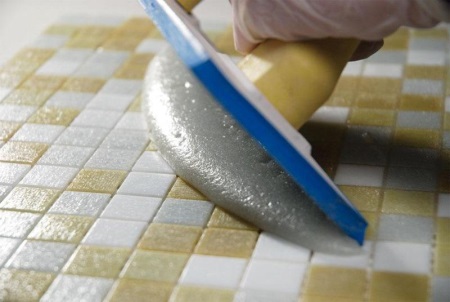
What materials and tools do I still need to buy?
To process interstitial joints, one grout will not be enough. Some of the necessary tools will be found at home, and for something you will have to go to the nearest hardware store.
So, for grouting joints, you will need:
- A deep container in which you will be mixing the compound;
- a few liters of water to prepare the grout;
- A spatula to mix and apply the compound;
- A rubber putty knife to fill in the seams;
- a dish sponge (soft on one side, hard on the other) to remove any leftover grout
- a piece of cable, with which it is convenient to form a seam.
